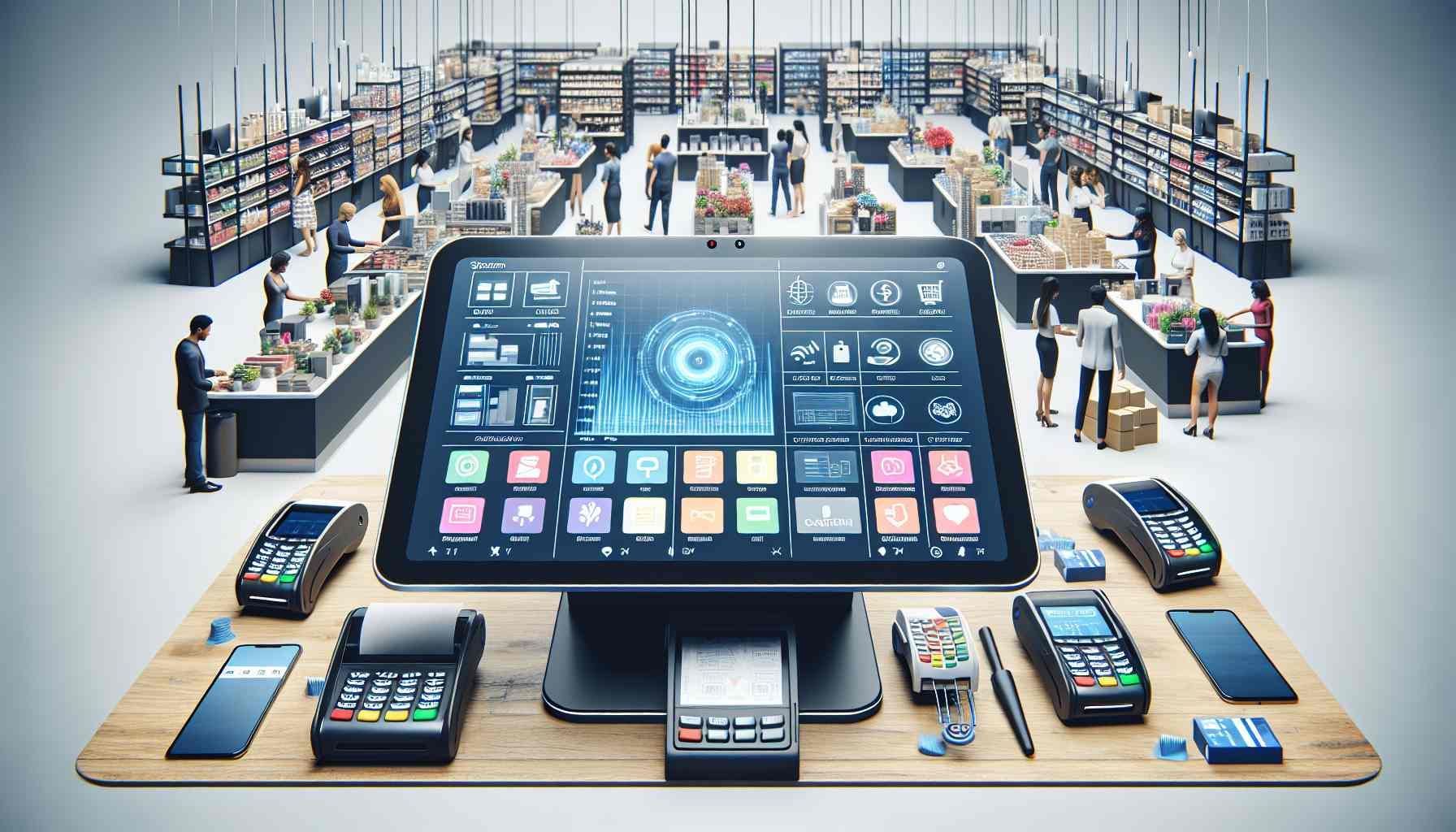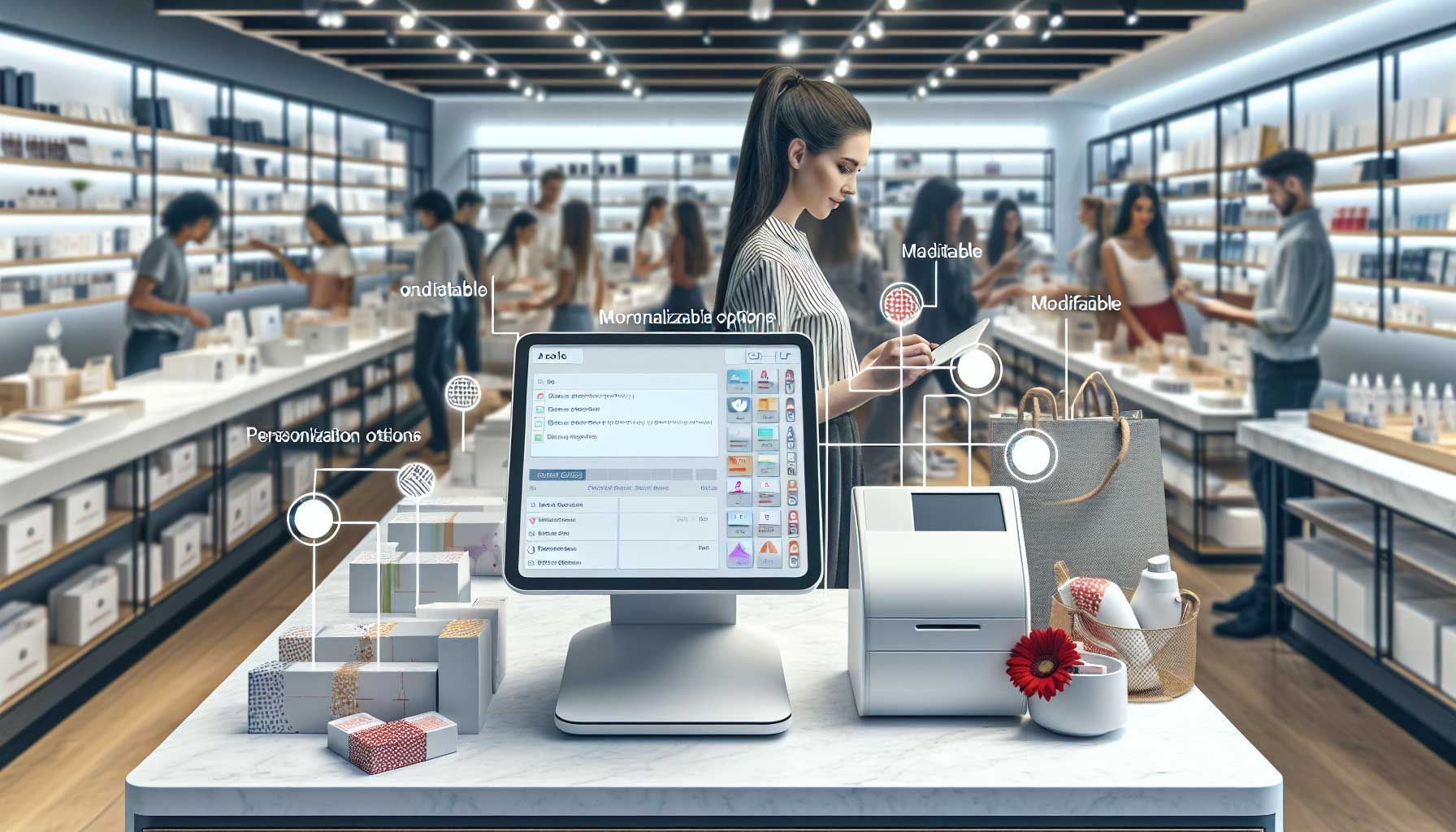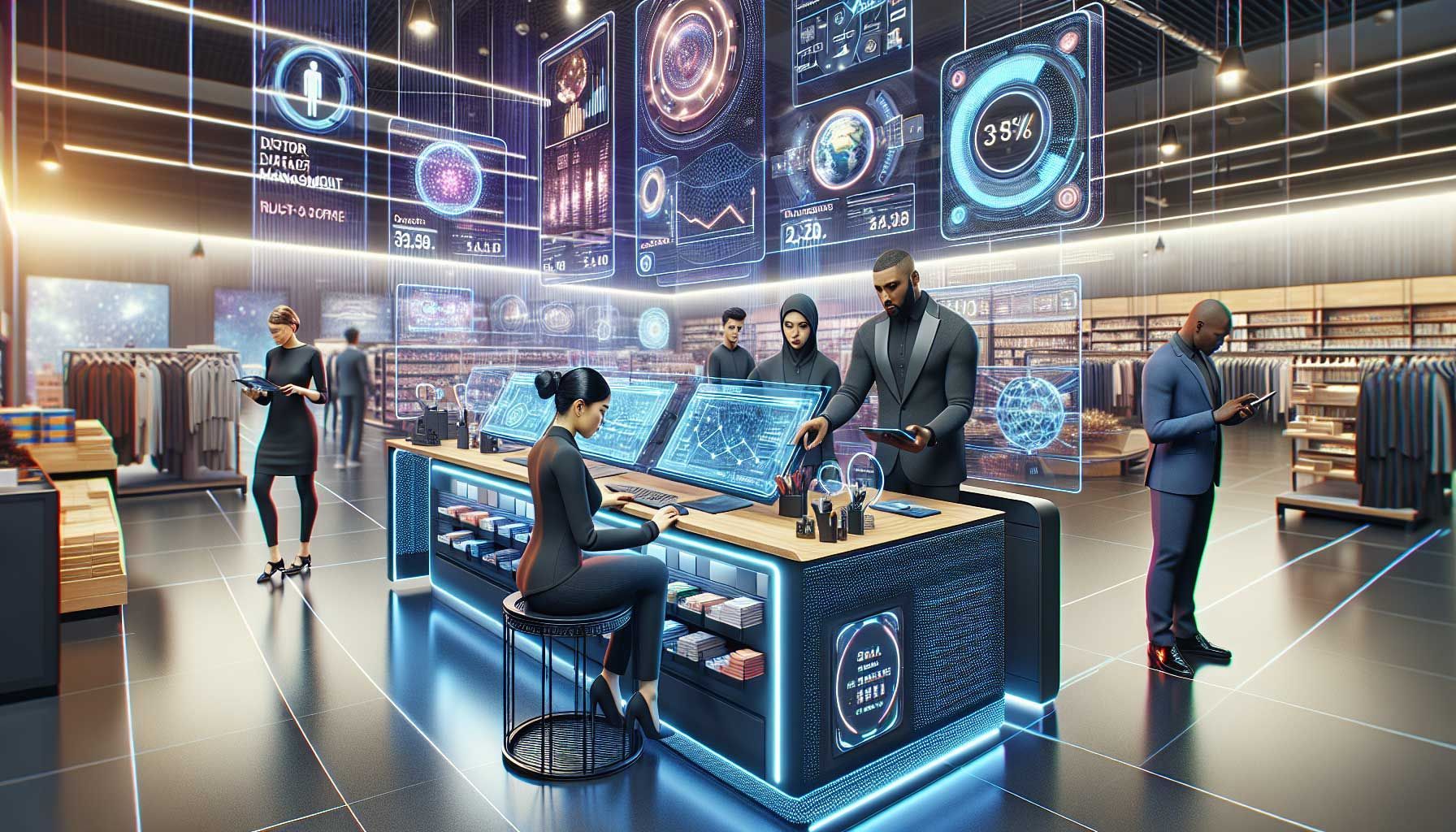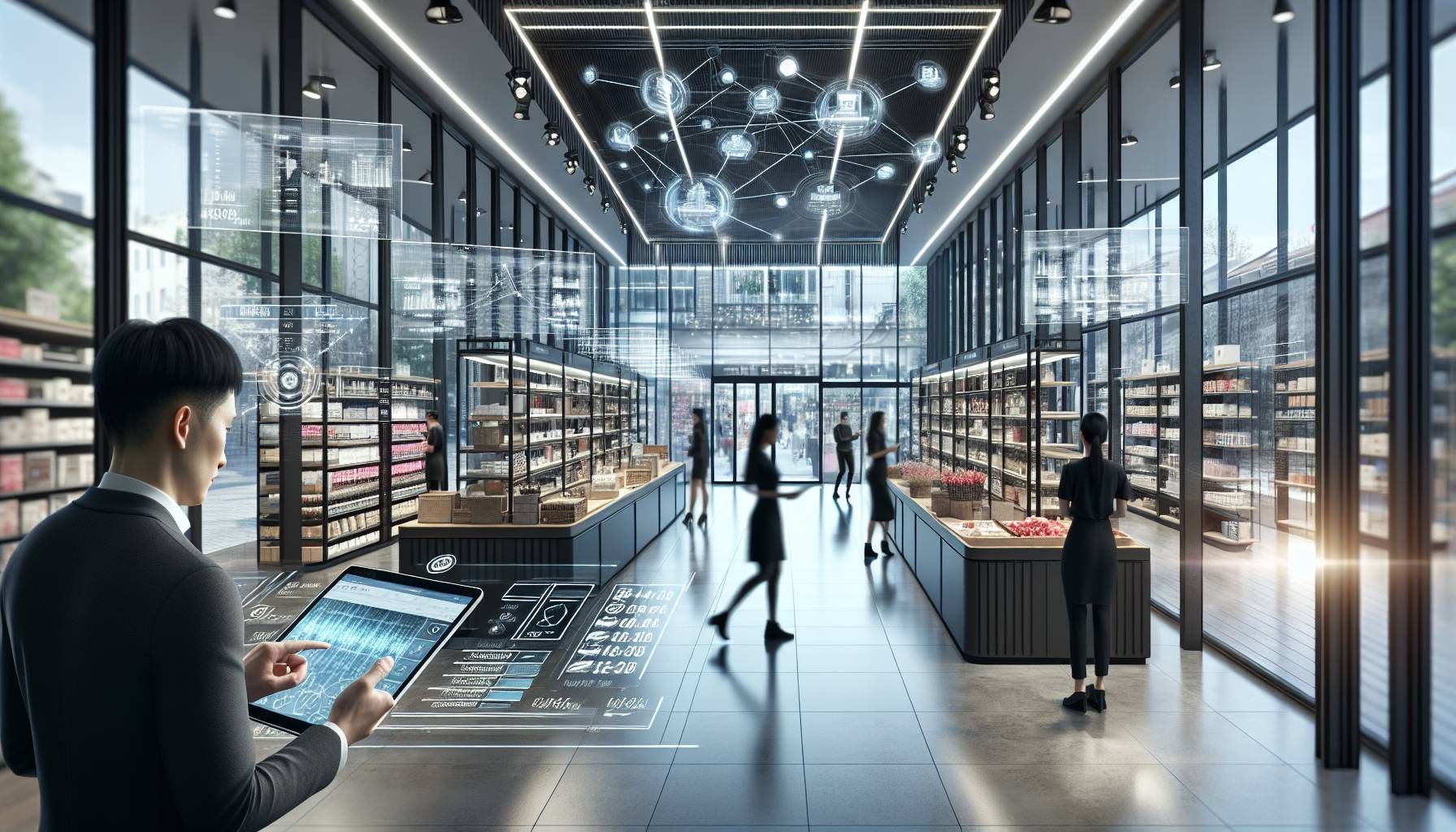Streamlining Retail Operations: The Power of Supplier Integration
Introduction to Supplier Integration
In the fast-paced world of retail, managing your suppliers efficiently is critical. With countless products cycling through your inventory, along with numerous suppliers to manage, the challenge can be daunting. This is where supplier integration comes into play. By connecting all your suppliers to a central Product Information Management (PIM) system, retailers can streamline processes, enhance collaboration, and ultimately drive sales.
In this article, we will explore the essential aspects of supplier integration, particularly through Retailgear's innovative solutions. By the end of this article, you’ll not only grasp the significance of supplier integration but also understand how to implement it effectively in your retail processes.
What is Supplier Integration?
Supplier integration involves connecting all your suppliers to a central system for efficient data sharing and communication. This integration allows retailers to manage inventory, collaborate on marketing strategies, and monitor sales activities more effectively. In essence, it fosters a seamless flow of information, helping businesses avoid errors and ambiguities that can arise with poorly managed data.
In the context of retail, having a consolidated view of your suppliers and their products is vital for quick decision-making. A well-integrated system ensures that you can rapidly identify stock levels, communicate changes, and respond to market demands with agility.
Focus on selecting a PIM system that supports various integration methods, ensuring smoother transitions and data flow across platforms.
Why is Supplier Integration Important for Retailers?
Supplier integration brings numerous benefits that can significantly impact your retail operations:
Improved Inventory Management
With real-time access to inventory levels from suppliers, retailers can avoid stockouts and overstock scenarios. Integrated systems empower businesses to make informed purchasing decisions, thus optimizing inventory levels and minimizing costs.
For effective inventory management, leverage automated alerts to notify you when stock levels fall below a certain threshold.
Enhanced Collaboration
With a centralized PIM system, communication with suppliers becomes streamlined. Retailers can collaborate on marketing efforts, promotional campaigns, and sales strategies, ensuring that everyone is on the same page. This alignment boosts the likelihood of a successful product launch or promotional event.
Conduct regular meetings with your suppliers to review performance metrics, which will foster transparency and mutual accountability.
Improved Data Accuracy
Integrating suppliers into a central system mitigates the risks of data discrepancies. It ensures that everyone is working with the same set of information, reducing the chances of errors that can affect order fulfillment and customer satisfaction.
Conduct periodic audits on your data to identify any discrepancies or outdated information that could hinder operations.
How PIM Enhances Supplier Integration
PIM systems like Retailgear facilitate supplier integration by providing a unified platform for managing product information. Retailers can gather product details, images, descriptions, pricing, and inventory information from various suppliers in real-time. This makes it easier to publish and share accurate product information across all sales channels.
Invest in a PIM system that permits flexible integration with your existing platforms, allowing you to connect seamlessly with other systems you may be using.
The Retailgear Advantage
Retailgear offers an advanced PIM system that streamlines supplier integration. Here’s how this platform can simplify your retail operations:
Centralized Supplier Management
With Retailgear, all your suppliers can be integrated into one central system. This reduces the time and effort spent juggling multiple spreadsheets and systems, ensuring that your team can focus on more strategic tasks.
Utilize Retailgear’s supplier-specific dashboards for tailored insights and reports, giving you a clear view of supplier performance.
Collaborative Inventory Management
Retailgear fosters collaboration by allowing real-time information sharing. Retailers can work with suppliers on inventory management, ensuring that they never run out of essential products or get stuck with excess stock.
Set up collaborative tools within Retailgear to facilitate joint planning sessions with suppliers, which can lead to better forecasting and stock management.
Streamlined Marketing and Sales Coordination
Retailgear enables retailers and suppliers to work hand-in-hand on marketing efforts. By understanding inventory levels and sales performance, both parties can devise targeted marketing campaigns that resonate with customers.
Use Retailgear’s analytics tools to measure the success of combined marketing efforts, allowing for continuous optimization of strategies.
Implementing Supplier Integration with Retailgear
Now that you understand the value of supplier integration and the advantages of Retailgear, let’s explore the steps for implementing this integration effectively:
Step 1: Assess Your Current Processes
Before you dive into a new system, take a closer look at your existing supplier management processes. Identify pain points and bottlenecks that can be improved through integration.
Engage your team in discussions about current challenges; they can provide insights that may not be apparent from a managerial perspective.
Step 2: Choose the Right PIM Solution
Not all PIM solutions are created equal. Take time to evaluate Retailgear's offerings against your business needs. Consider factors like ease of use, scalability, and integration capabilities.
Request demos from Retailgear to see the platform in action before committing to a decision—this hands-on approach can help clarify which solutions work best for you.
Step 3: Onboard Suppliers
Once you’ve selected your PIM solution, it's time to onboard your suppliers. Clear communication is key here; ensure they understand how the integration process will work and what will be expected of them.
Provide clear guidance and training sessions for your suppliers to facilitate a smoother transition; a well-informed supplier can significantly ease the integration process.
Step 4: Train Your Team
Your internal team will also need training to maximize the benefits of the new system. Offer training sessions to get everyone up to speed on how to utilize the PIM effectively.
Consider creating a resource library with guides and video tutorials that your team can refer to whenever they have questions.
Step 5: Monitor and Optimize
After integration, it’s crucial to assess the performance of the new system continually. What’s working well? What improvements can be made? Monitoring these metrics will help ensure continuous improvement of your processes.
Establish key performance indicators (KPIs) to measure the success of integrations and set benchmarks for continuous improvement.
Challenges of Supplier Integration
While there are numerous advantages to supplier integration, it’s important to be cognizant of potential challenges:
Resistance to Change
Implementing a new system can be met with resistance from staff or suppliers. People tend to be skeptical of changes that affect their daily workflows.
Emphasize the benefits of the new system and involve team members in the decision-making process to foster buy-in at multiple levels.
Data Quality Issues
Integrating suppliers means new data will be introduced into your systems. If this data is inaccurate, it can lead to major challenges down the line.
Establish data governance practices to ensure that the data being integrated is clean and accurate before it enters your PIM.
Future Trends in Supplier Integration
As technology continues to evolve, the future of supplier integration looks promising:
Artificial Intelligence (AI) in Supplier Management
AI is poised to revolutionize how retailers manage supplier relationships. By predicting trends and making data-driven decisions, AI can help retailers optimize their supply chains more effectively. Consider exploring AI-driven analytics tools that complement your PIM, enhancing your decision-making capabilities.
Increased Focus on Sustainability
With consumers increasingly valuing sustainability, retailers will need to collaborate with suppliers to ensure their products meet eco-friendly standards.
Incorporate sustainability metrics into your supplier evaluation criteria to stay ahead of market trends and enhance your brand reputation.
Conclusion
Supplier integration is not just a luxury—it's a necessity in today's competitive retail landscape. By leveraging a robust PIM system like Retailgear, retailers can streamline operations, enhance collaboration, and ultimately drive better sales. Remember, the key is to approach integration strategically, keeping both your team and suppliers informed and engaged throughout the process.
As you embark on your journey toward better supplier integration, take the lessons learned here and put them into action. The rewards will speak for themselves in terms of efficiency and profitability.

Bring your shop to the next level
Hi, I'm George and I like retail and technology. Therefore, my passion here at Retailgear.com is to provide you with reliable information to automate and digitize your store. You can find out what we can do for your industry through our menu. Also, feel free to check out this updated list of retail tools.
Get inspiration in your inbox to get more sales and store visitors with less effort.
Contact Us
Thank you for subscribing to our newsletter!
Please try again later.
More about your favorite subject
Discover latest posts
You can use, change and resell our complete solution whitelabel.
© 2022 All Rights Reserved by Retailgear
© 2024 All Rights Reserved by Retailgear | Terms and Conditions











